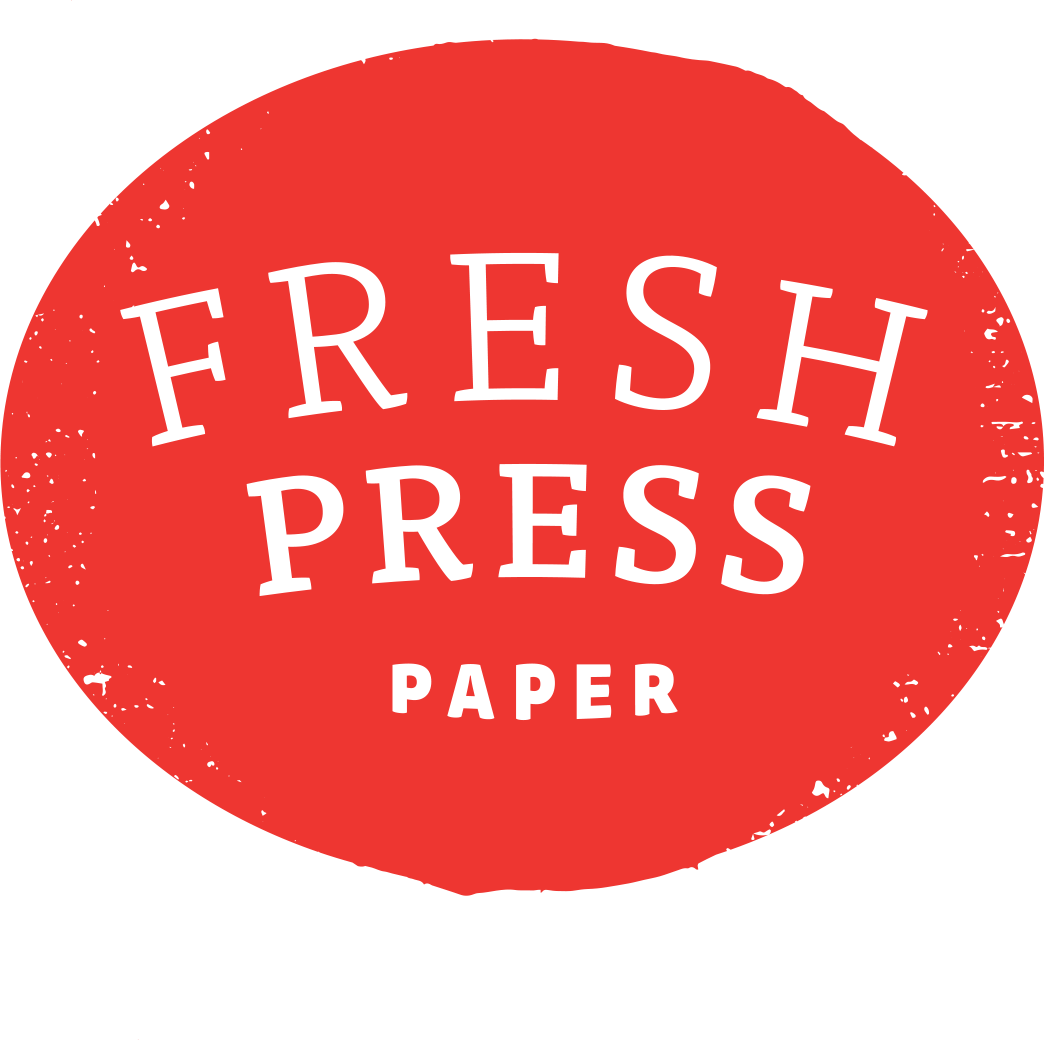Our Paper
How do we make our paper? Our paper making process starts on the Sustainable Student Farm, where it is dried and chipped. It is then brought to our studio where it is cooked, beaten to a pulp, pulled into sheets, pressed, and dried before it ends up in your hands. Check out the process below.
Shoot us an email to visit us at our studio!
Where do we get our paper making equipment?
At our studio we have several handmade machines that make our paper possible. We have a beater, press, and dry box that are all purchased from David Reina. Our amazing moulds and deckles were made by Robert Walp from Chester Creek Press. The money we used to buy this equipment came from a grant from the Student Sustainability Committee.
What kind of papers do you make?
We make our handmade artisanal paper using seasonal agricultural fibers from the Sustainable Student Farm on the University of Illinois campus. Typically we will cycle through local corn, rye, tomato, peppers, and native Illinois prairie grass papers during an average year. These papers are cut with a percentage of recycled cotton to lighten their tones and increase their flexibility. Our recycled cotton comes from shredding old papermaking blotters or cotton linters (trimmings from the textile industry). We also make rotational papers like coffee grounds and beer (hops or barley).
You can see our papers here or set-up a visit to touch them in person at our studio.
Why use agricultural residue?
Agricultural residue is the unused remains of crops that are often burned in the field, creating air pollution. In North America over 200 million tons of agricultural residue goes unused (US Dept. of Energy). Selling this fiber to paper mills can reduce air pollution and save trees by replacing wood fiber for making paper or packaging. This is better for us and the environment. In a recent lifecycle study by Step Forward Paper, wheat straw (or the remnants of the wheat harvest) paper was shown to have less than half of the negative impact on the environment in comparison to 100% virgin tree fiber paper.
How does our paper go through a printer?
It goes through well! As a part of our papermaking process, we add an archival sizing from Carriage House Paper to our beaten pulp which helps minimizes the bleeding when using various inks on the sheets. You can read more about the chemical makeup of this sizing here.
We calendar them in a hand driven lithography press that pushes down any rougher fibers smoothing the surface so it can go through anything from an inexpensive inkjet printer to a high-end Xerox iGen press.
What makes our paper special?
Our papers are all locally handmade in Champaign, IL by students from the University of Illinois. They undergo a three-week training process to learn the basics of the craft and spend a great deal of time after perfecting the art of hand papermaking. Each sheet is inspected for quality before leaving the studio.
Our sheets are each individually unique, are archival, and do not have a grain. They are supple and can be folded in multiple directions.












